The Role of Digital Twins in Future Urban Planning
4 May 2025
Urban growth is an unstoppable force. As cities expand, the challenges of managing infrastructure, resources, and people increase exponentially. Enter the "digital twin." You might be thinking, “What’s a digital twin, and why should I care?” Well, imagine having a virtual clone of a city—one that allows urban planners to simulate, monitor, and optimize everything from traffic flow to energy consumption. Sounds a bit like science fiction, right? But it's not. Digital twins are slowly becoming the backbone of future urban planning, and they’re revolutionizing how we think about building the cities of tomorrow.
Let’s dive into how digital twins are shaping the future of urban planning and why they’re so crucial in this fast-evolving world!
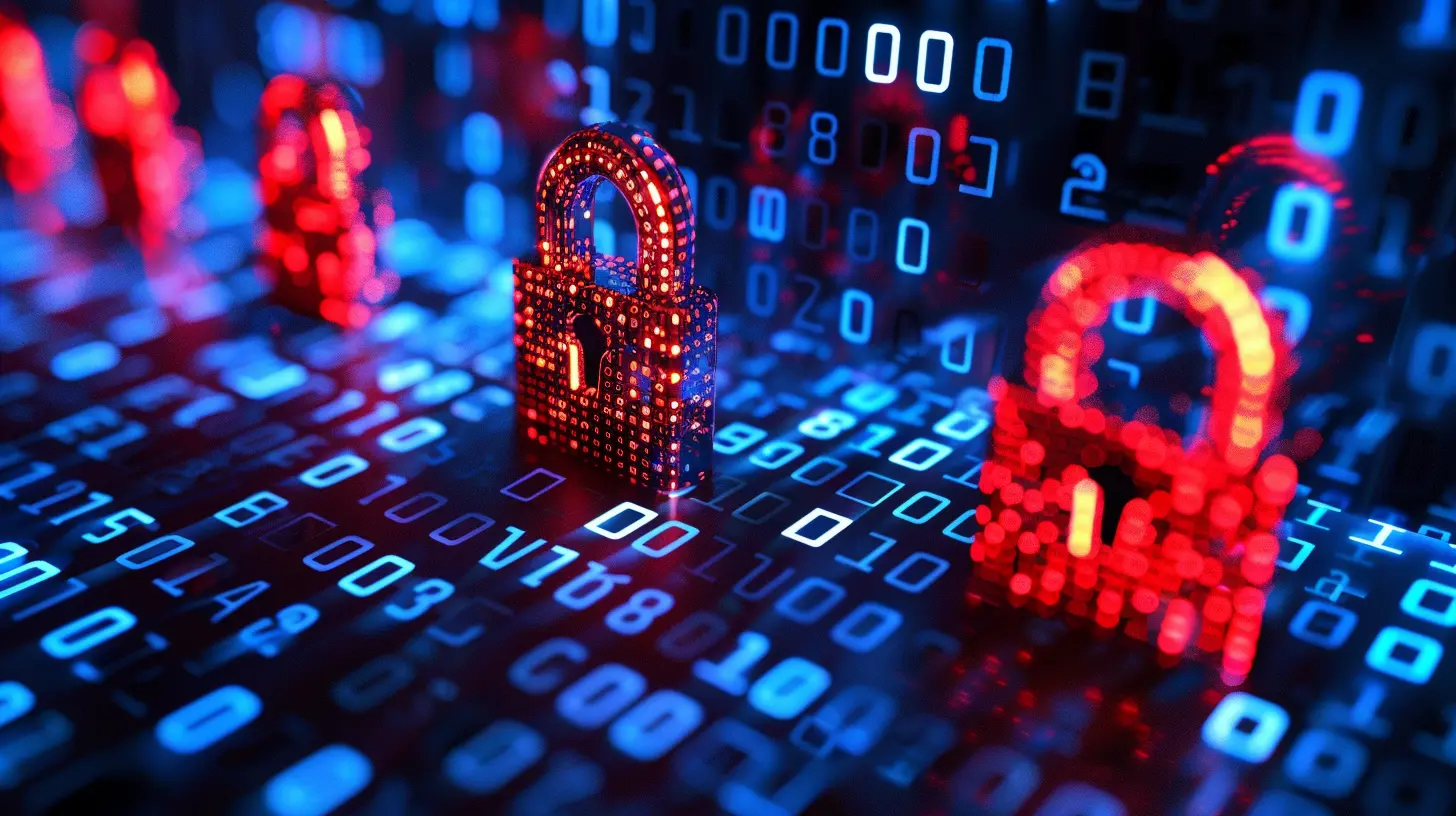
What Exactly Is a Digital Twin?
Before we jump into the specifics of urban planning, let’s break down what a digital twin actually is. In simple terms, a digital twin is a virtual replica of a physical object, system, or process. It’s like creating a mirror of the real world but in a digital space. Sounds cool, right?In the context of cities, a digital twin can be a detailed 3D model of the urban environment, including buildings, roads, bridges, utilities, and even people. This virtual model is continuously updated with real-time data from sensors, cameras, and other IoT (Internet of Things) devices. So, if there's a traffic jam in the real world, the digital twin will reflect that instantly.
But it’s not just about having a fancy 3D model of a city. Digital twins can predict future scenarios, helping city planners make informed decisions. Think of it as a crystal ball for cities, except it's built on data, not magic.
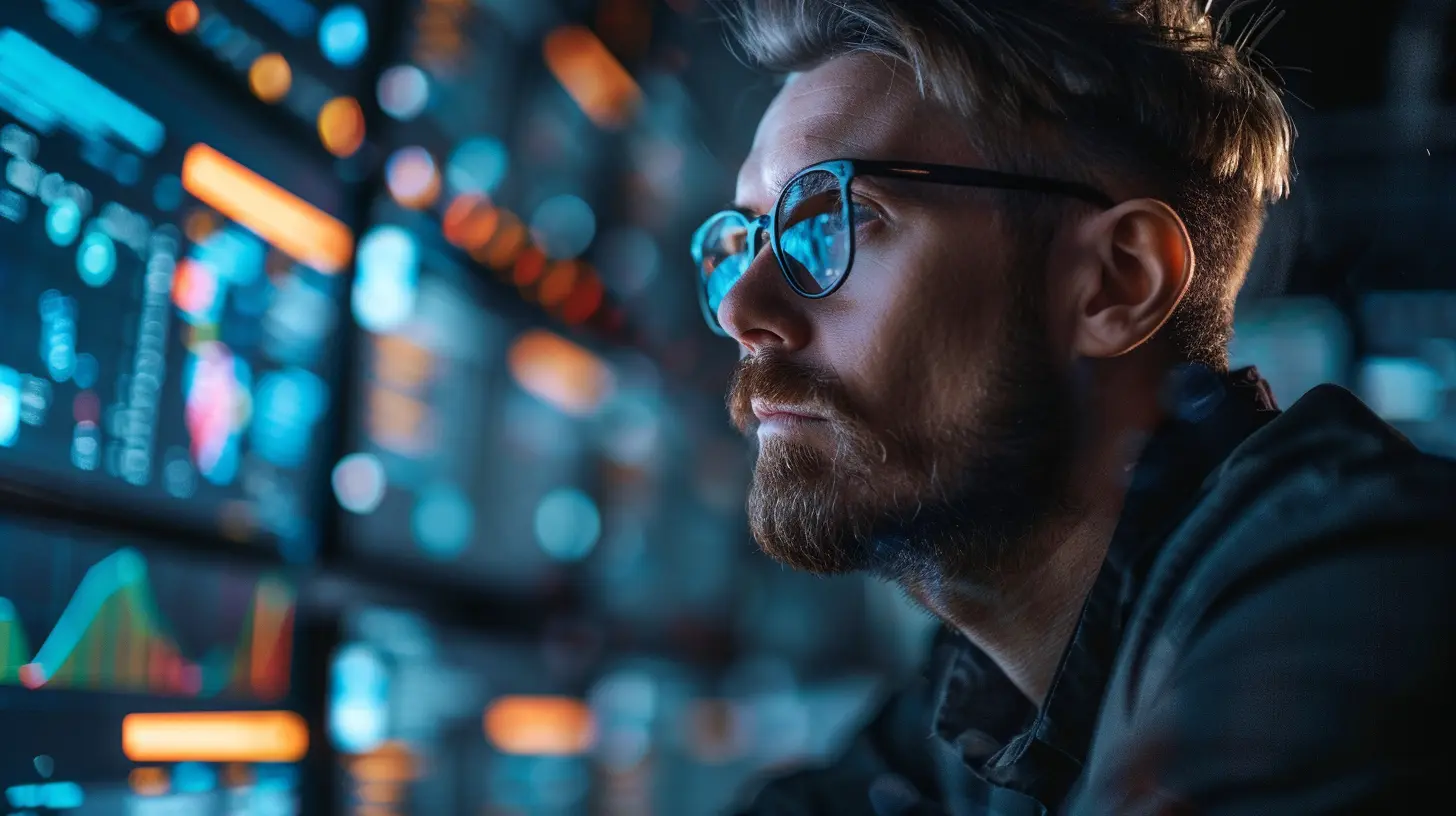
The Growing Demand for Smart Cities
Before we get too deep into the tech, let’s take a step back. Why are digital twins becoming so important? Well, it all boils down to the concept of smart cities.With rapid urbanization, more people are flocking to cities than ever before. This puts immense pressure on infrastructure, housing, transportation, and resources. Traditional urban planning methods are often slow, expensive, and reactive. In contrast, smart cities use technology to anticipate problems before they arise, optimize resource use, and improve the quality of life for residents.
Digital twins are a key ingredient in the recipe for smart cities. They enable planners to visualize, analyze, and improve the urban environment in real time, leading to more efficient and sustainable cities. It's like having a city planning tool that’s always one step ahead.
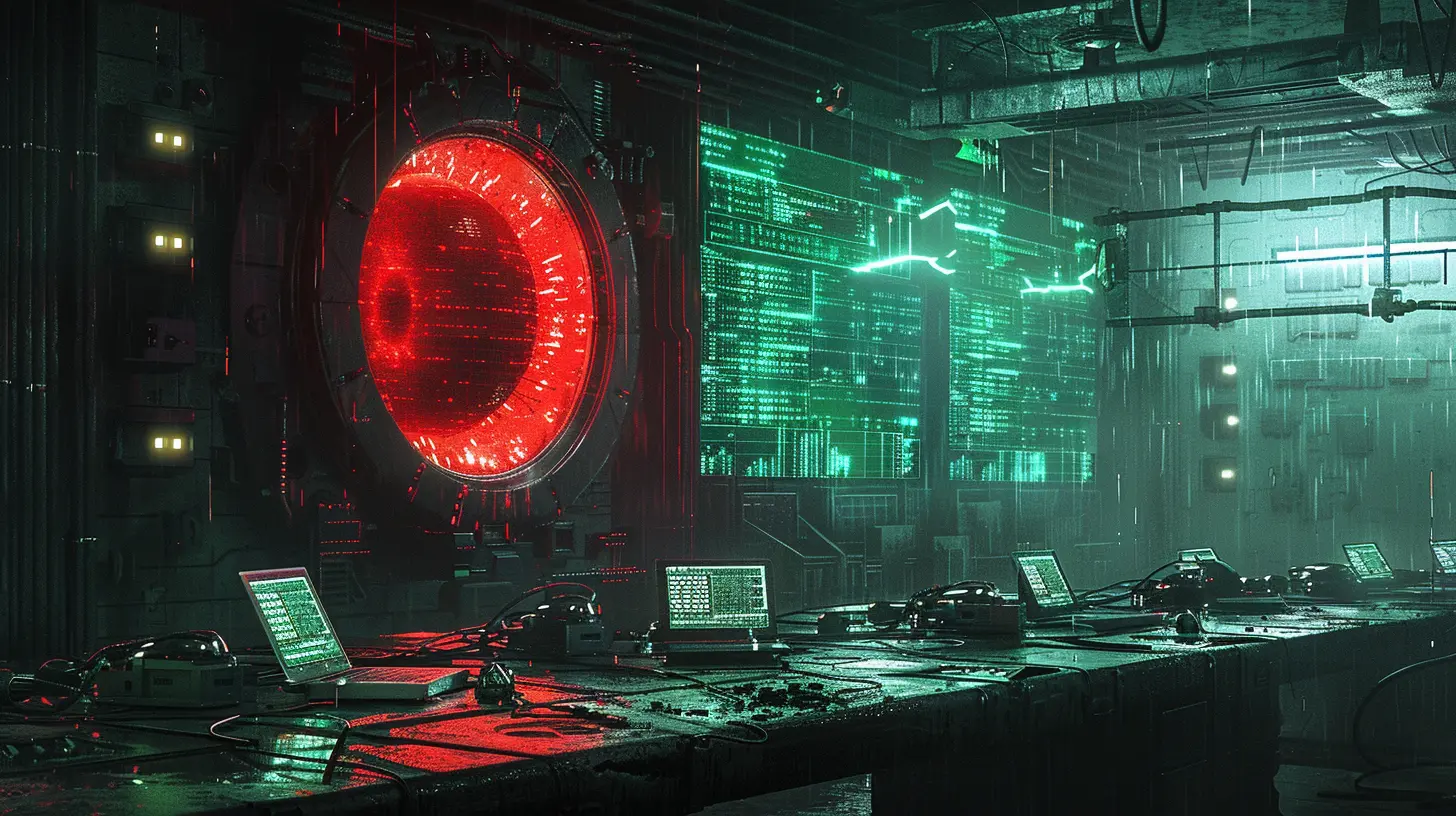
How Digital Twins Transform Urban Planning
Let’s break down the ways digital twins are already transforming—and will continue to transform—urban planning.1. Improving Infrastructure Management
Cities are complex. From underground sewer systems to towering skyscrapers, managing urban infrastructure is no small feat. Digital twins provide a detailed, accurate representation of all infrastructure elements, allowing planners to monitor their conditions in real time.For instance, if there’s a crack forming in a bridge, sensors in the real world can send data to the digital twin. City officials can then assess the damage, simulate repair efforts, and even predict future wear and tear. This reduces the risk of catastrophic failures and ensures that maintenance is done proactively rather than reactively.
2. Enhancing Transportation Systems
Who hasn’t been stuck in traffic and thought, "There has to be a better way to plan these roads!" Well, with digital twins, there is.Traffic flow is one of the biggest challenges in urban planning. A digital twin can simulate how traffic moves through a city, allowing planners to test different road designs, public transportation routes, and even parking layouts. With real-time data feeding into the twin, planners can also adjust traffic lights, reroute traffic, or suggest alternative modes of transportation based on current conditions.
Imagine a world where traffic jams are a thing of the past. While we’re not quite there yet, digital twins are moving us in the right direction.
3. Optimizing Energy Consumption
Energy efficiency is a big deal, especially in cities where resources are often stretched thin. Digital twins allow city planners to monitor energy consumption across different buildings and neighborhoods.By simulating different energy-saving strategies, such as installing solar panels or optimizing HVAC systems, cities can reduce their carbon footprint. Additionally, digital twins can provide insights into where energy consumption is highest, helping to develop more sustainable urban energy systems. It’s like having an energy-saving app but for the entire city.
4. Simulating Disaster Scenarios
Natural disasters like floods, earthquakes, and wildfires are becoming more frequent and severe. Cities need to be ready.With digital twins, urban planners can simulate disaster scenarios and test how the city's infrastructure and emergency services would respond. For example, a city could model how a flood might affect different neighborhoods and plan evacuation routes or preventive measures. It’s like running a fire drill but on a massive scale—and without the risk.
This predictive capability is invaluable in protecting lives and minimizing damage during emergencies.
5. Facilitating Public Engagement
Urban planning doesn’t happen in a vacuum. It affects everyone living in the city. However, getting the public involved in the planning process can be a challenge. Digital twins change that by making urban planning more transparent and interactive.Imagine a virtual model of your city that you can explore from your computer. You could see how proposed developments would look, understand the impact on traffic and green spaces, and even provide feedback. This level of engagement fosters a sense of ownership and trust between city planners and residents. It’s like giving everyone a seat at the planning table.
6. Environmental Monitoring and Sustainability
Cities are major contributors to pollution and environmental degradation. The good news is that digital twins can play a significant role in monitoring and reducing environmental impact.By tracking data on air quality, water usage, and waste management, digital twins help cities become more eco-friendly. For example, a digital twin could simulate the impact of planting more trees or installing green roofs on buildings. The results would show how these changes could improve air quality and reduce urban heat islands. It’s like giving the city a health check-up but with a focus on sustainability.
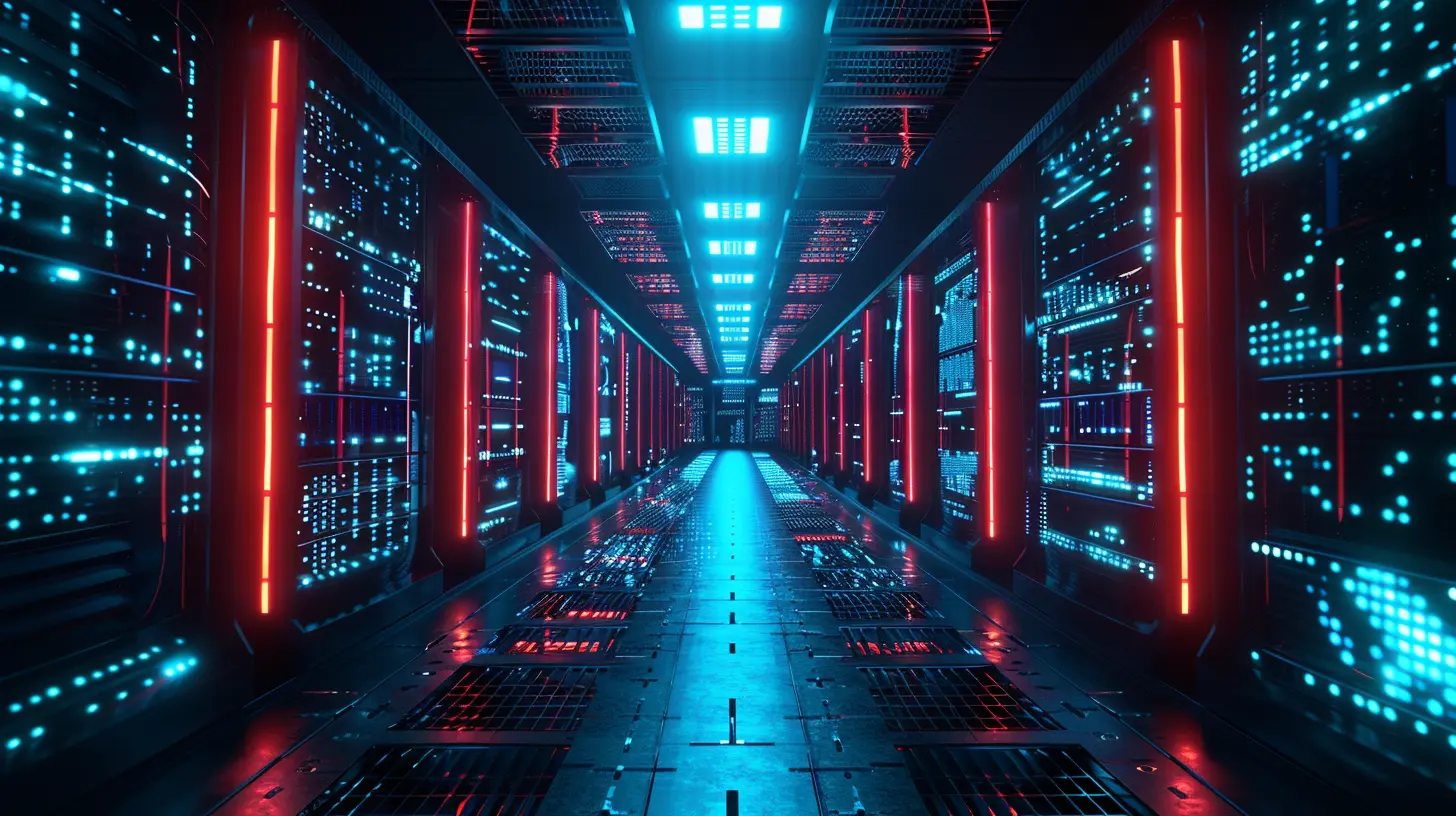
Challenges and Limitations of Digital Twins
Of course, no technology is without its challenges. While digital twins offer incredible potential, there are a few hurdles to overcome.1. Data Privacy and Security
With so much data being collected in real time, privacy and security are major concerns. Cities will need to ensure that sensitive information, like residents’ movements or personal data, is protected from cyberattacks. The more connected we become, the more vulnerable we are to breaches.2. Cost and Complexity
Building and maintaining a digital twin isn’t cheap. It requires significant investment in both hardware (like sensors and IoT devices) and software. Smaller cities with limited budgets may struggle to implement digital twins at a large scale.Moreover, the complexity of integrating various systems and ensuring they work seamlessly can be a challenge. Cities will need skilled professionals who understand both urban planning and digital technology—a combination that’s not always easy to find.
3. Data Accuracy
A digital twin is only as good as the data it receives. If the information feeding into the twin is outdated or inaccurate, the simulations and predictions won’t be much help. Maintaining the accuracy and timeliness of data is a constant challenge that cities will need to address.The Future of Digital Twins in Urban Planning
So, what’s next for digital twins? As technology continues to advance, we can expect digital twins to become even more sophisticated and widespread. Here are a few potential developments:- AI Integration: By incorporating artificial intelligence, digital twins will become even better at predicting future scenarios and suggesting solutions. AI could automatically adjust traffic signals, reroute buses, or optimize energy consumption without human intervention.
- Collaboration Between Cities: Imagine a world where cities share their digital twins with each other. This would allow urban planners to learn from one another’s experiences and develop best practices. It’s like having a global brain for urban planning!
- Personalized City Experiences: In the future, digital twins could be used to create personalized experiences for city residents. For example, a digital twin could suggest the quickest route to work based on real-time traffic, weather conditions, and even your personal preferences.
Conclusion: The City of Tomorrow
In a world that’s becoming increasingly urbanized, the role of digital twins in future urban planning cannot be overstated. They offer a powerful tool for improving infrastructure, transportation, energy use, and public safety, all while making cities more sustainable and livable. Sure, there are challenges, but the benefits far outweigh the hurdles.As we look to the future, one thing is clear: digital twins will be at the heart of smarter, more efficient cities. So, the next time you’re stuck in traffic or frustrated by a city’s inefficiencies, know that change is on the horizon—and it’s powered by digital twins!
all images in this post were generated using AI tools
Category:
Future TechAuthor:

John Peterson
Discussion
rate this article
8 comments
Onyx Kline
Digital twins revolutionize urban planning—embrace innovation or be left behind.
May 13, 2025 at 10:57 AM

John Peterson
Thank you for your comment! I completely agree—embracing digital twins is essential for modern urban planning and staying competitive.
Jade Simon
Great article! The concept of digital twins is truly revolutionary for urban planning. By simulating real-world scenarios, we can optimize resource management and enhance community engagement. Excited to see how this technology shapes smarter, more sustainable cities in the years to come. Keep up the fantastic work!
May 13, 2025 at 4:29 AM

John Peterson
Thank you for your insightful comments! I'm glad you found the article valuable. Exciting times ahead for urban planning with digital twins!
Paige Gibson
This article brilliantly highlights how digital twins can revolutionize urban planning. They offer invaluable insights for creating sustainable, efficient cities. It’s exciting to imagine the possibilities for enhancing our urban environments with this innovative technology. Great read!
May 12, 2025 at 4:55 AM

John Peterson
Thank you for your thoughtful comment! I’m glad you found the article insightful and exciting. Digital twins truly have the potential to transform urban planning!
Adam Patel
Empowering smarter cities ahead!
May 11, 2025 at 6:20 PM

John Peterson
Thank you! Digital twins are indeed key to creating more efficient and responsive urban environments.
Brandon McKay
Great insights! Digital twins seem like a game-changer for urban planning. It's exciting to think about how technology can create smarter, more efficient cities. Looking forward to seeing these concepts come to life in our communities!
May 10, 2025 at 8:17 PM

John Peterson
Thank you! I'm glad you found the insights valuable. Exciting times ahead as we leverage digital twins to shape smarter cities!
Zeno Jacobs
Digital twins offer urban planners real-time data and simulations, enhancing decision-making processes and fostering sustainable, efficient city development.
May 9, 2025 at 11:46 AM

John Peterson
Thank you for your insight! Digital twins indeed play a crucial role in empowering urban planners with actionable data, leading to smarter and more sustainable city development.
Miranda Kim
This article beautifully highlights the transformative potential of digital twins in urban planning. Embracing such innovative technology can lead to smarter, more sustainable cities that truly cater to the needs of their residents. Exciting times ahead!
May 5, 2025 at 7:12 PM

John Peterson
Thank you for your feedback! I'm glad you found the article insightful. Exciting times indeed as we explore the future of urban planning with digital twins!
Zealot Sheppard
Digital twins: because even cities need a virtual clone for planning!
May 4, 2025 at 12:17 PM

John Peterson
Absolutely! Digital twins provide invaluable insights for urban planning, enabling smarter decision-making and efficient resource management.
MORE POSTS

Bluetooth vs. Wired Headphones: Which is Better for Audio Purists?

Exploring the Psychological Barriers to Autonomous Vehicle Adoption
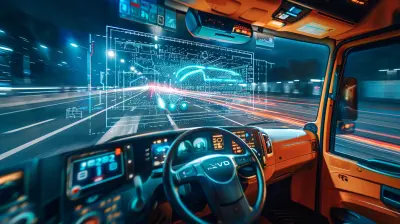
Inside the Technology Powering Autonomous Trucks

Essential Tips for Creating a Family-Friendly Media Room
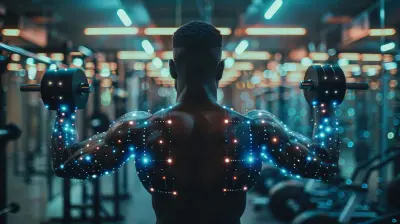
Can Smart Clothing Really Replace Your Gym Equipment?
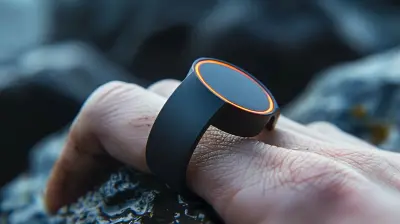
The Best Smart Rings for Health Monitoring and Beyond